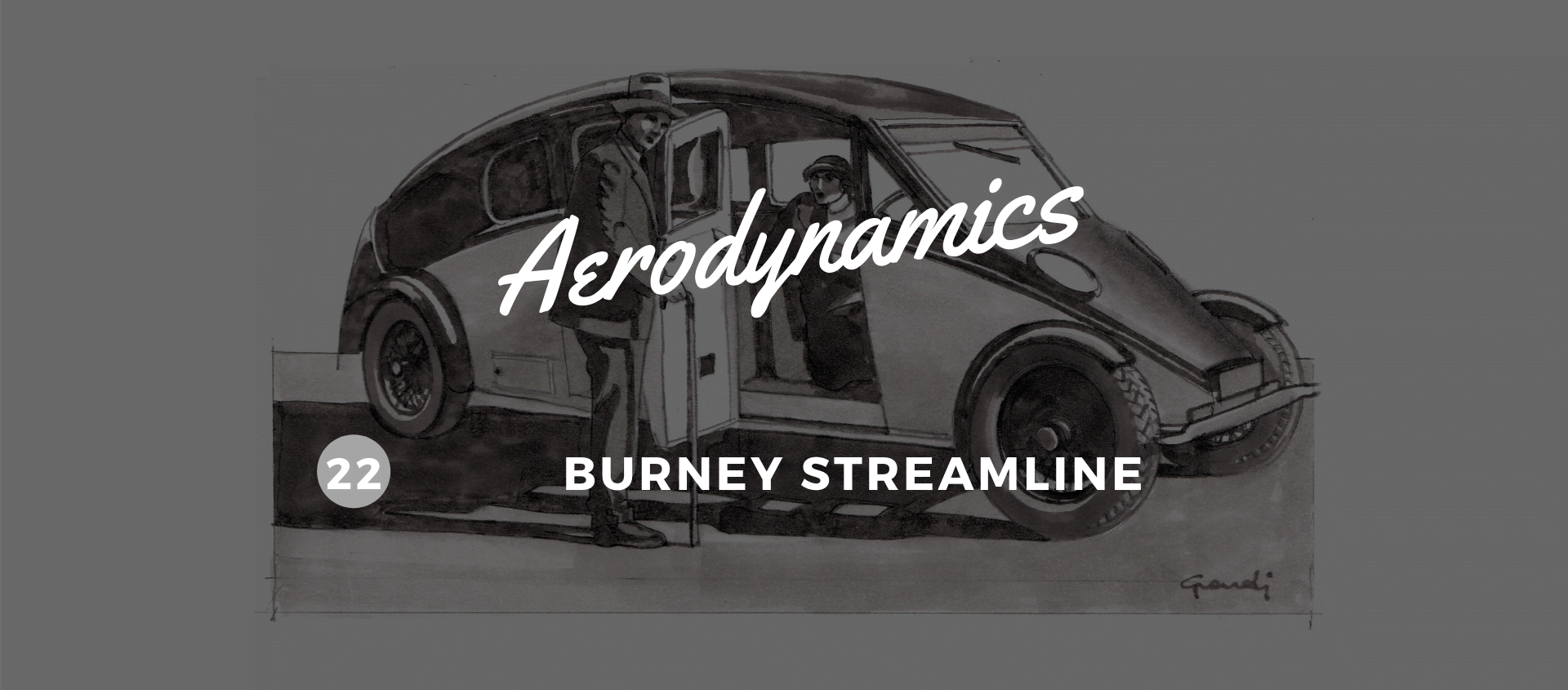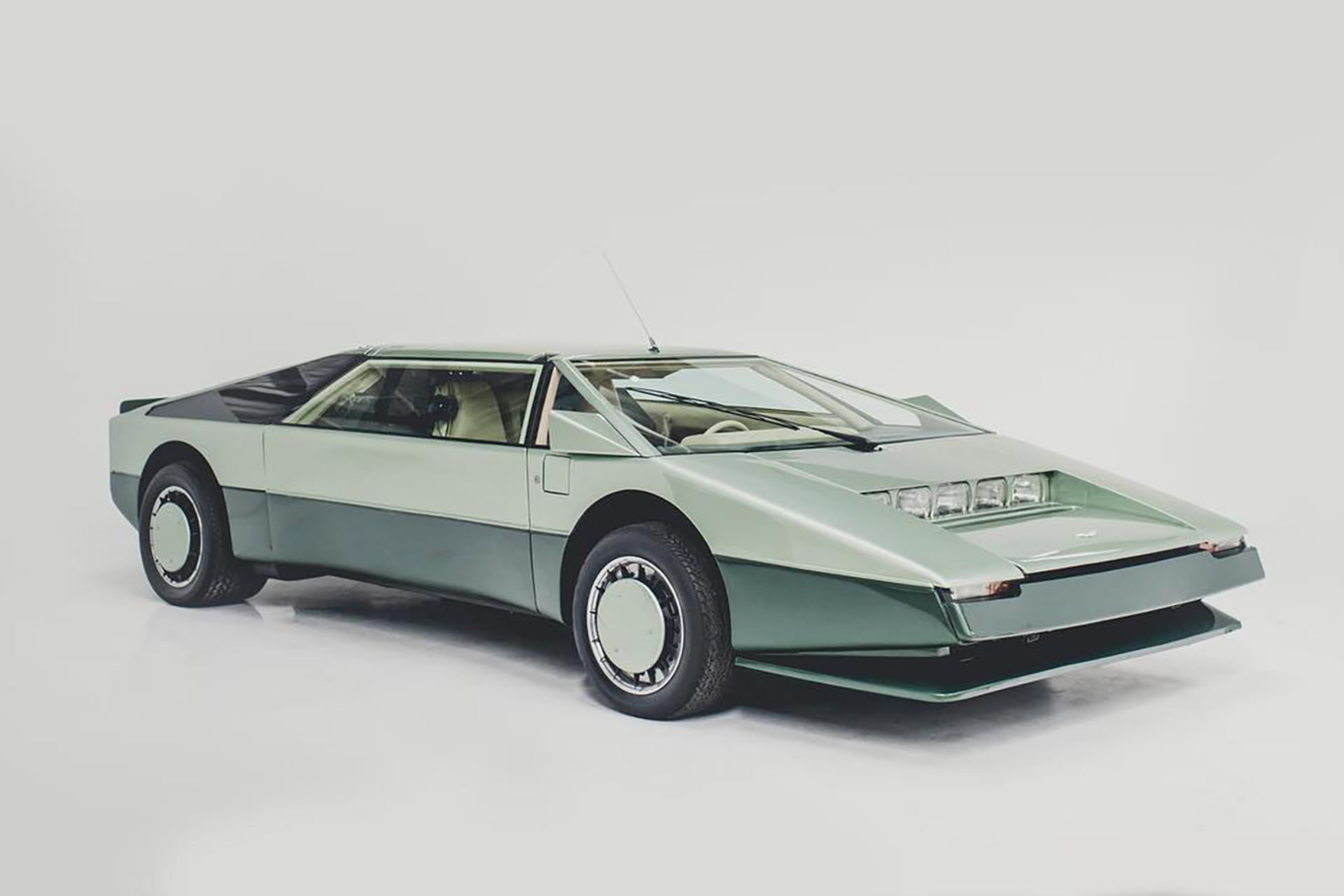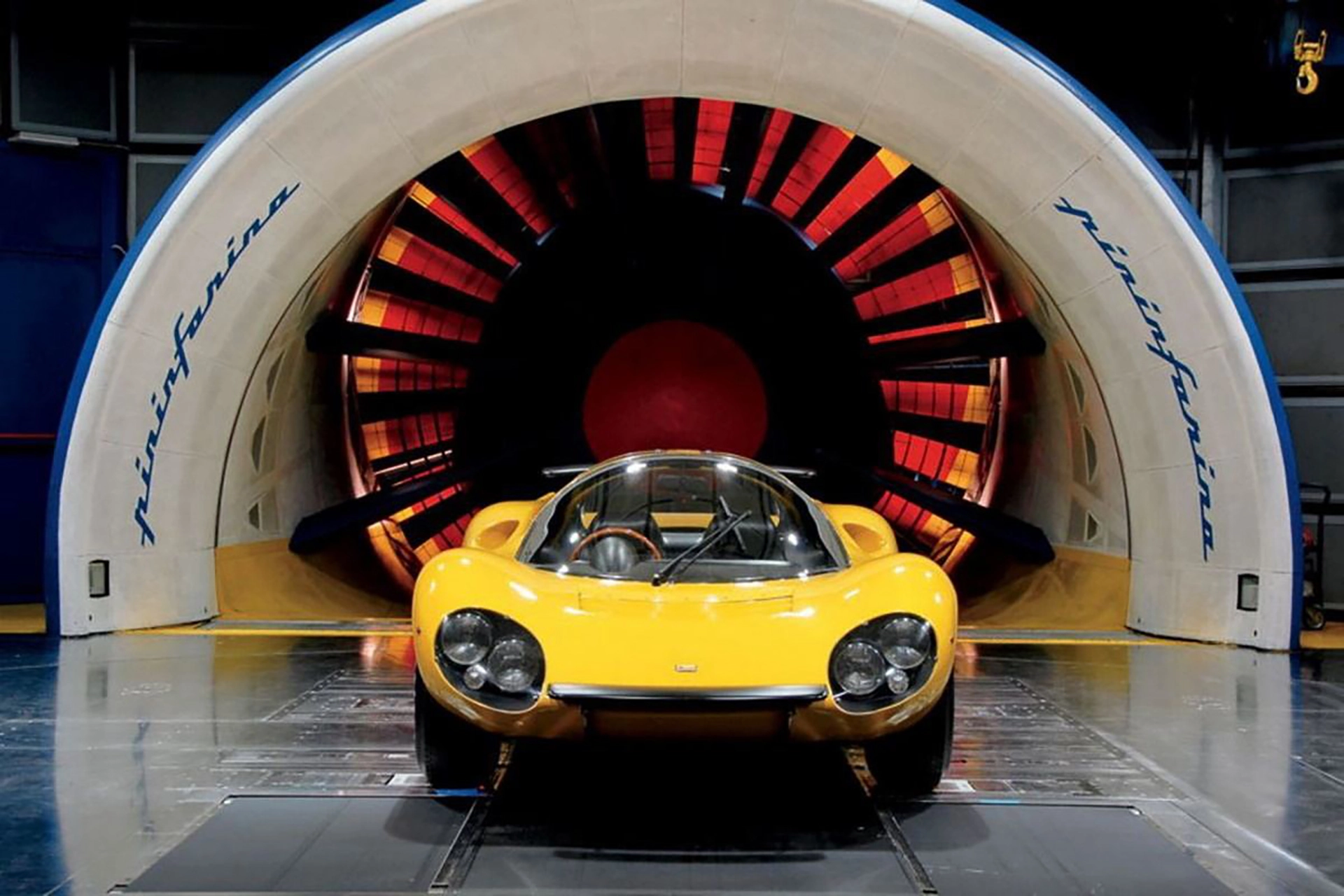1929. Burney Streamline. The airship that never flew
06 July 2020 1 min read 4 images

The fact that one was bought by the Prince of Wales in a country where cars such as Rolls Royce and Bentley were produced might suggest that the Burney was a successful car.
Register to unlock this article
Signing up is free and gives you access to hundreds of articles and additional benefits. See what’s included in your free membership. See what's included in your free membership.
Already have an account? Log In


